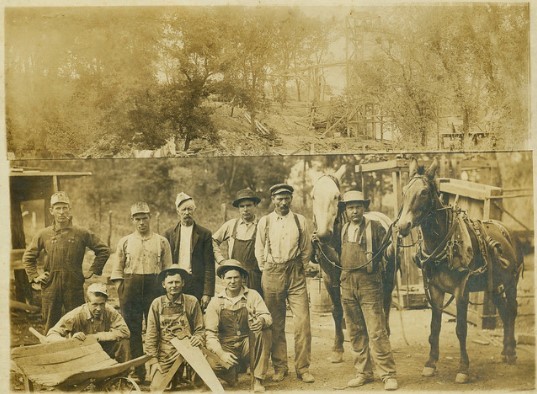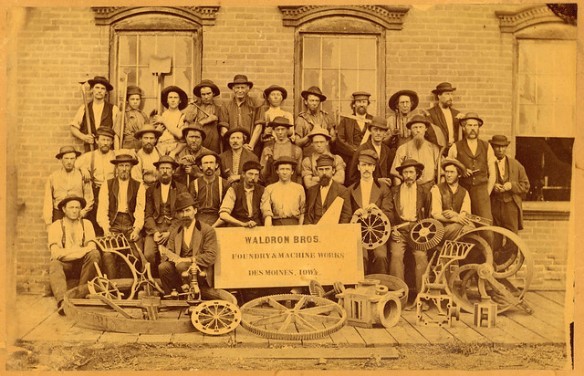Iowa History Month: Celebrating the Rise of Mexican and Latino Influence
March is a time to march forward, but it also the perfect time to look back and reflect. In 2019, Governor Kim Reynolds proclaimed March as Iowa History Month in celebration of the Iowan influence that helped shape the world.
At the governor's request, several organizations and departments in Iowa rolled out a full month of programs and events that aimed to promote the rich Iowa history.
It has been a year since the proclamation. In honor of Iowa History Month, we are looking back to trace the historic rise of Mexican and Latino influence that can now be seen on the state's social and cultural fabric.
Mexican immigrants arrived in the state of Iowa in the 1880s. The immigrants were tasked to work in the state's railroad yards and fields. Labor contractors recruited a temporary labor force of single men. These seasonal migrants return to their families in Mexico after the work ended.
The recruitment strategy was adopted to reduce the wages given to depressed sojourners as well as quell the white residents' fears that Mexicans would stay near the fields permanently. It also maintained a low Mexican population in Iowa with just 29 people.
The numbers swelled when the immigrants were pushed out of their own country due to the Mexican Revolution in 1910 and lasted for a decade. Mexicans were pulled into the United States by numerous employment opportunities as the country geared for World War I.

The agricultural and transportation sector started recruiting married men in the 1920s, believing their status was more stable than unmarried men and were less likely to unionize. The new strategy brought more ethnic Mexicans to settle in the state, serving as a convenient labor source during the shortage in the early 20th century.
Mexicans also observed chain migration, in which the first ones to arrive would spread the word about opportunities, prompting family and friends to follow. These social networks eventually led to immigrants obtaining more stable positions in the labor industry.
Increased job stability allowed many immigrants to provide housing and educational opportunities for their families. It also created specific challenges in Iowa as the Latinos' share of the state's total population grew to 82,743 by the year 2000.
Latino workers provided labor and maintained the way of life for older white Iowans after the state saw a continuous out-migration of young white residents, leaving behind an aging low-growth population in small towns.

The Latino population gradually influenced Iowa's modern way of life. This can be seen in neighborhoods where a large number of restaurants, nightclubs, and grocery stores cater to Latin customers.
Mexican immigrants left their mark in rural areas where Mexican and Salvadoran restaurants thrive, and Spanish media and sport are popular. Local churches also celebrate Quinceañera---a celebration that marks the girl's passage from girlhood to womanhood.
The Latin influence has also changed how catholic churches offer their services. The religious sector now holds two services to cater to the English-speaking and the Spanish-speaking community.
The Latino influence changed the way of life in cities and towns of Iowa. In West Liberty, the school system adopts a dual-language program where classes are held in two languages to cater to the 3,700 residents living in the small Hispanic-majority community.
Brenda Arthur-Miller, the high school principal in West Liberty, said the dual culture has strengthened the town as residents work and live together with mutual respect. "It opens the door to more people moving here."
Subscribe to Latin Post!
Sign up for our free newsletter for the Latest coverage!
© 2025 Latin Post. All rights reserved. Do not reproduce without permission.

















